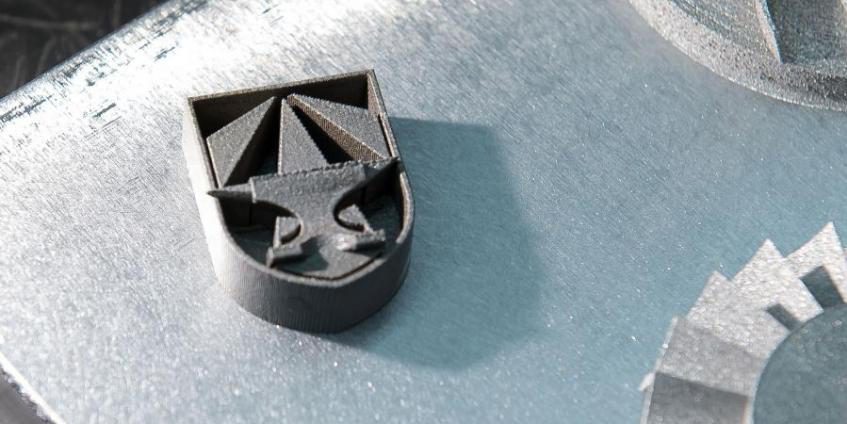To reduce the manufacturing costs of making tungsten carbide tools, a team of researchers at the U.S. Army Research Laboratory has figured out how to 3-D print it into the exact size and shape they want, with little to no post-machining required, according to a U.S. patent application first made public on Thursday.
Tungsten carbide is hard, so hard that it’s expensive to make it into useful tools and shapes. The current manufacturing process takes five steps, the last being grinding for quality control.
Tungsten carbide is nearly twice as hard and twice as dense as steel, and when you shoot it into hard targets it penetrates, which is why the U.S. Army likes it for armor-piercing bullets (it’s currently used in the M993 ammunition, a 7.62- × 51-mm NATO armor-piercing round), but it also makes awesome drill bits for mining, surgical cutlery, and industrial grinders.
“Due to the high hardness of (tungsten carbide), machining of the densified material is very time and cost-intensive,” the Army states in the patent application. “Also, the subtractive nature of the machining process limits the complexity of part shapes.”


